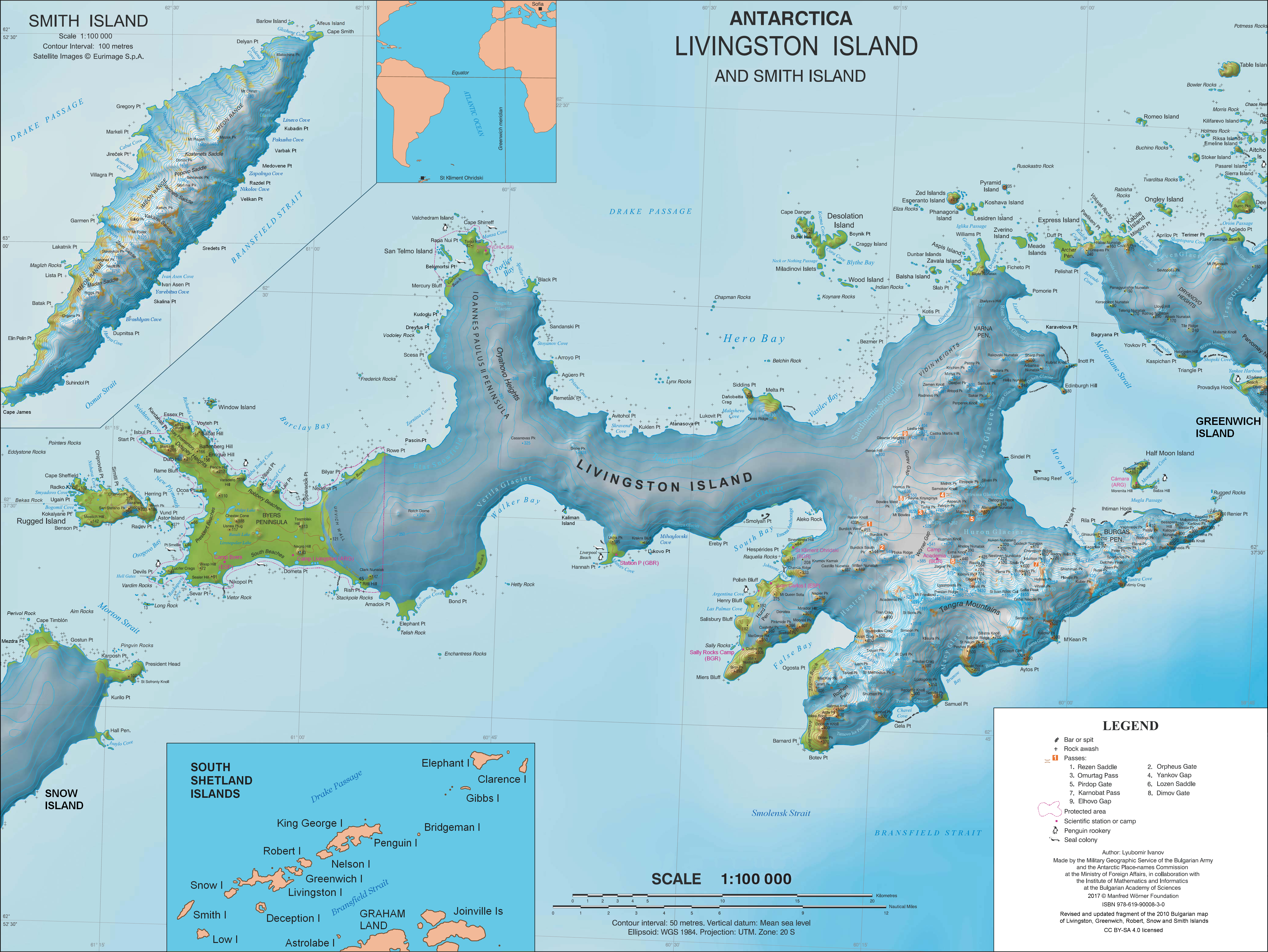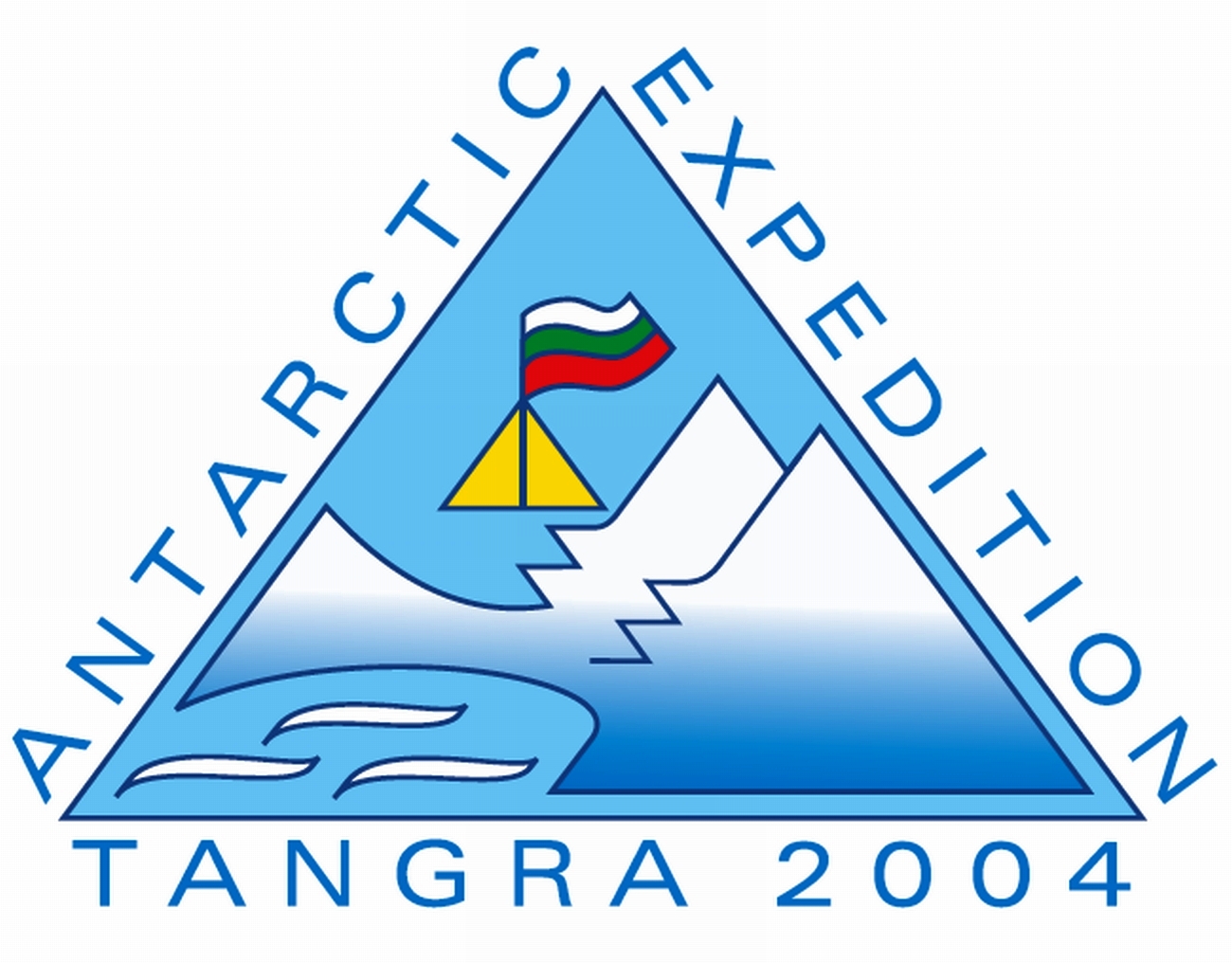|
Kardam Buttress
Kardam Buttress (Kardamov Rid \kar-'da-mov 'rid\) is a sloping buttress projecting 1 km northwards from St. Ivan Rilski Col into Huron Glacier on Livingston Island in the South Shetland Islands, Antarctica, and has precipitous and partly ice-free western slopes. Surmounting Huron Glacier to the north. It is named after the Bulgarian ruler Khan Kardam. Location The buttress is located at which is 1.3 km east of Komini Peak, 1 km west of Plana Peak, and 700 m south of Nestinari Nunataks (Bulgarian topographic survey Tangra 2004/05 and mapping in 2009). Map * L.L. IvanovAntarctica: Livingston Island and Greenwich, Robert, Snow and Smith Islands Scale 1:120000 topographic map. Troyan: Manfred Wörner Foundation, 2009. References Kardam Buttress.SCAR Composite Antarctic Gazetteer The Composite Gazetteer of Antarctica (CGA) of the Scientific Committee on Antarctic Research (SCAR) is the authoritative international gazetteer containing all Antarctic toponym ... [...More Info...] [...Related Items...] OR: [Wikipedia] [Google] [Baidu] |
Kardam
{{disambiguation ...
Kardam may refer to: People * Kardam of Bulgaria (AD 735–803), ruler of Bulgaria * Kardam, Prince of Turnovo (1962–2015), Bulgarian crown prince (eldest son of King Simeon II) * Kanta Kardam, Indian politician Places * Kardam, Dobrich Province, a village in north-eastern Bulgaria * Kardam Buttress, a buttress in the South Shetland Islands, Antarctica * Kardam, Targovishte Province Kardam is a village in Popovo Municipality, in Targovishte Province, Bulgaria Bulgaria (; bg, България, Bǎlgariya), officially the Republic of Bulgaria,, ) is a country in Southeast Europe. It is situated on the eastern flank o ... [...More Info...] [...Related Items...] OR: [Wikipedia] [Google] [Baidu] |
Huron Glacier
Huron Glacier is a } long and wide glacial flow on Livingston Island in the South Shetland Islands of Antarctica, situated east of Perunika Glacier, southeast of Kaliakra Glacier, south of Struma Glacier, west-northwest of Iskar Glacier and northeast of Huntress Glacier. It is bounded by Bowles Ridge to the north, Wörner Gap to the west and the Tangra Mountains to the south, receiving ice influx from several tributary glaciers draining the mountain's northern slopes between Mount Friesland and Helmet Peak, and running east-northeastwards to empty into Moon Bay north of Yana Point. Camp Academia is situated on upper Huron Glacier, in the northwestern foothills of Zograf Peak. The glacier was named by the UK Antarctic Place-names Committee in 1958 after the American ship ''Huron'' (Captain John Davis) of New Haven, Connecticut, which visited the South Shetland Islands in 1820–21 and 1821–22. Location Huron Glacier is centred at (British mapping in 1968, Bulgarian s ... [...More Info...] [...Related Items...] OR: [Wikipedia] [Google] [Baidu] |
Livingston Island
Livingston Island (Russian name ''Smolensk'', ) is an Antarctic island in the Southern Ocean, part of the South Shetlands Archipelago, a group of Antarctic islands north of the Antarctic Peninsula. It was the first land discovered south of 60° south latitude in 1819, a historic event that marked the end of a centuries-long pursuit of the mythical ''Terra Australis Incognita'' and the beginning of the exploration and utilization of real Antarctica. The name Livingston, although of unknown derivation, has been well established in international usage since the early 1820s. Geography Livingston Island is situated in West Antarctica northwest of Cape Roquemaurel on the Antarctic mainland, south-southeast of Cape Horn in South America, southeast of the Diego Ramírez Islands (the southernmost land of South America), due south of the Falkland Islands, southwest of South Georgia Islands, and from the South Pole.L. IvanovGeneral Geography and History of Livingston Island.In ... [...More Info...] [...Related Items...] OR: [Wikipedia] [Google] [Baidu] |
South Shetland Islands
The South Shetland Islands are a group of Antarctic islands with a total area of . They lie about north of the Antarctic Peninsula, and between southwest of the nearest point of the South Orkney Islands. By the Antarctic Treaty of 1959, the islands' sovereignty is neither recognized nor disputed by the signatories and they are free for use by any signatory for non-military purposes. The islands have been claimed by the United Kingdom since 1908 and as part of the British Antarctic Territory since 1962. They are also claimed by the governments of Chile (since 1940, as part of the Antártica Chilena province) and Argentina (since 1943, as part of Argentine Antarctica, Tierra del Fuego Province). Several countries maintain research stations on the islands. Most of them are situated on King George Island, benefitting from the airfield of the Chilean base Eduardo Frei. There are sixteen research stations in different parts of the islands, with Chilean stations bein ... [...More Info...] [...Related Items...] OR: [Wikipedia] [Google] [Baidu] |
Antarctica
Antarctica () is Earth's southernmost and least-populated continent. Situated almost entirely south of the Antarctic Circle and surrounded by the Southern Ocean, it contains the geographic South Pole. Antarctica is the fifth-largest continent, being about 40% larger than Europe, and has an area of . Most of Antarctica is covered by the Antarctic ice sheet, with an average thickness of . Antarctica is, on average, the coldest, driest, and windiest of the continents, and it has the highest average elevation. It is mainly a polar desert, with annual precipitation of over along the coast and far less inland. About 70% of the world's freshwater reserves are frozen in Antarctica, which, if melted, would raise global sea levels by almost . Antarctica holds the record for the lowest measured temperature on Earth, . The coastal regions can reach temperatures over in summer. Native species of animals include mites, nematodes, penguins, seals and tardigrades. Where ve ... [...More Info...] [...Related Items...] OR: [Wikipedia] [Google] [Baidu] |
Kardam Of Bulgaria
Kardam ( bg, Кардам) was the ruler of the First Bulgarian Empire (777 – after 796/before 803). The name of Kardam is first encountered in the Byzantine sources in 791, when Emperor Constantine VI embarked on an expedition against Bulgaria, in retaliation for Bulgarian incursions in the Struma valley since 789. Kardam pre-empted the Byzantine invasion and met the enemy near Adrianople in Thrace. The Byzantine army was defeated and turned to flight. In 792 Constantine VI led another army against the Bulgarians and encamped at Marcellae (near Karnobat), which he proceeded to fortify. Kardam arrived with his army on July 20 and occupied the neighboring heights. After some time passed with the two forces sizing up, Constantine VI gave in to the reassuring advice of a "false prophet" and ordered the attack. But the Byzantine forces lost formation and once again were defeated and turned to flight, while Kardam captured the imperial tent and the emperor's servants. Afte ... [...More Info...] [...Related Items...] OR: [Wikipedia] [Google] [Baidu] |
Komini Peak
Komini Peak ( bg, връх Комини, vrah Komini, ) is a peak with an elevation of on the north slopes of Levski Peak, in the Tangra Mountains, in Livingston Island, Antarctica. The peak has precipitous rocky western slopes and was first climbed by Lyubomir Ivanov from Camp Academia by way of its high western rock wall on 21 December 2004. The feature is named after Komini Peak in Vitosha Mountain, Western Bulgaria. Location The peak is located at which is north of Levski Peak, northeast of Lyaskovets Peak, east of Zograf Peak and southeast of Lozen Nunatak, south of Ravda Peak, southwest of Nestinari Nunataks and west of Plana Peak (Bulgarian topographic survey Tangra 2004/05, and mapping in 2005 and 2009). Maps * L.L. Ivanov et al. Antarctica: Livingston Island and Greenwich Island, South Shetland Islands. Scale 1:100000 topographic map. Sofia: Antarctic Place-names Commission of Bulgaria, 2005. * L.L. IvanovAntarctica: Livingston Island and Greenwich, ... [...More Info...] [...Related Items...] OR: [Wikipedia] [Google] [Baidu] |
Plana Peak
Plana Peak ( bg, връх Плана, vrah Plana, ) is a mostly ice-covered peak on the Levski Ridge, Tangra Mountains, Livingston Island in the South Shetland Islands, Antarctica. Surmounting Huron Glacier to the north and its tributaries to the east and west. First ascent by D. Boyanov, N. Petkov and A. Shopov on 8 January 2015. The peak is named after Plana Mountain in Western Bulgaria. Location The peak is located 2.21 km north-northwest of Great Needle Peak (Falsa Aguja Peak), 2.66 km northeast of Levski Peak and 2.45 km west-northwest of Helmet Peak (Bulgarian topographic survey Tangra 2004/05, and mapping in 2005 and 2009). Maps * L.L. Ivanov et al. Antarctica: Livingston Island and Greenwich Island, South Shetland Islands. Scale 1:100000 topographic map. Sofia: Antarctic Place-names Commission of Bulgaria, 2005. * L.L. IvanovAntarctica: Livingston Island and Greenwich, Robert, Snow and Smith Islands Scale 1:120000 topographic map. Troyan ... [...More Info...] [...Related Items...] OR: [Wikipedia] [Google] [Baidu] |
Nestinari Nunataks
Nestinari Nunataks (Nestinarski Nunatatsi \ne-sti-'nar-ski 'nu-na-ta-tsi\) are a pair of rocky peaks of elevation 470 m and 520 m in middle Huron Glacier, Livingston Island in the South Shetland Islands, Antarctica. Situated in the north foothills of Tangra Mountains, 210 m away from each other. They are named after the Greco-Bulgarian folkloric ritual of ‘Nestinari’ involving barefoot dancing on live embers. Location The higher nunatak is located at , which is 2.55 km east of Lozen Nunatak, 3.88 km east-southeast of Kuzman Knoll, 1.1 km northwest of Plana Peak, 2.6 km north-northeast of Levski Peak and 1.49 km east-northeast of Ravda Peak (Bulgarian topographic survey Tangra 2004/05 The Tangra 2004/05 Expedition was commissioned by the Antarctic Place-names Commission at the Ministry of Foreign Affairs of Bulgaria, managed by the Manfred Wörner Foundation, and supported by the Bulgarian Antarctic Institute, the ..., and mapping in ... [...More Info...] [...Related Items...] OR: [Wikipedia] [Google] [Baidu] |
Tangra 2004/05
The Tangra 2004/05 Expedition was commissioned by the Antarctic Place-names Commission at the Ministry of Foreign Affairs of Bulgaria, managed by the Manfred Wörner Foundation, and supported by the Bulgarian Antarctic Institute, the Institute of Mathematics and Informatics at the Bulgarian Academy of Sciences, Bulgarian Posts, Uruguayan Antarctic Institute, Peregrine Shipping (Australia), and Petrol Ltd, TNT, Mtel, Bulstrad, Polytours, B. Bekyarov and B. Chernev (Bulgaria). Expedition team Dr. Lyubomir Ivanov (team leader), senior research associate, Institute of Mathematics and Informatics at the Bulgarian Academy of Sciences; chairman, Antarctic Place-names Commission; author of the 1995 Bulgarian Antarctic ''Toponymic Guidelines'' introducing in particular the present official system for the Romanization of Bulgarian; participant in four Bulgarian Antarctic campaigns, and author of the first Bulgarian Antarctic topographic maps. Doychin ... [...More Info...] [...Related Items...] OR: [Wikipedia] [Google] [Baidu] |




.png)


